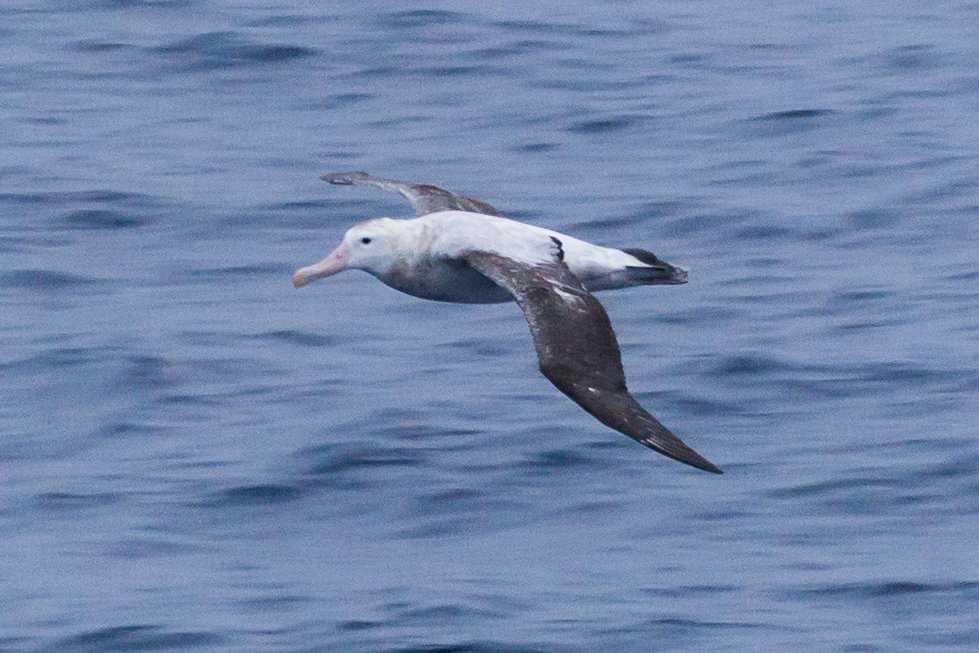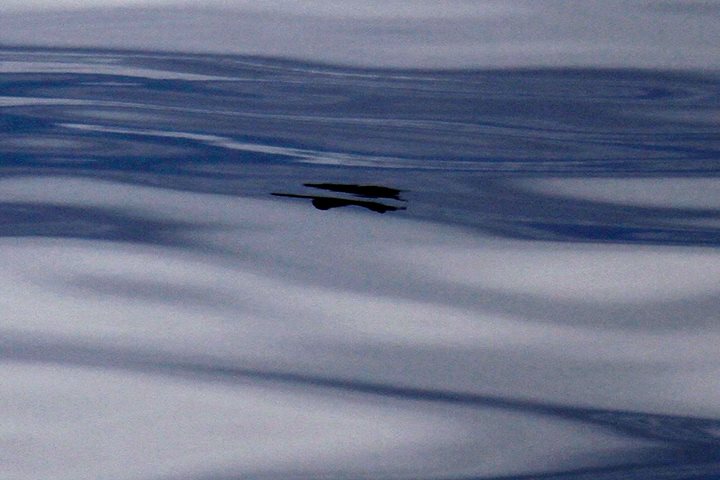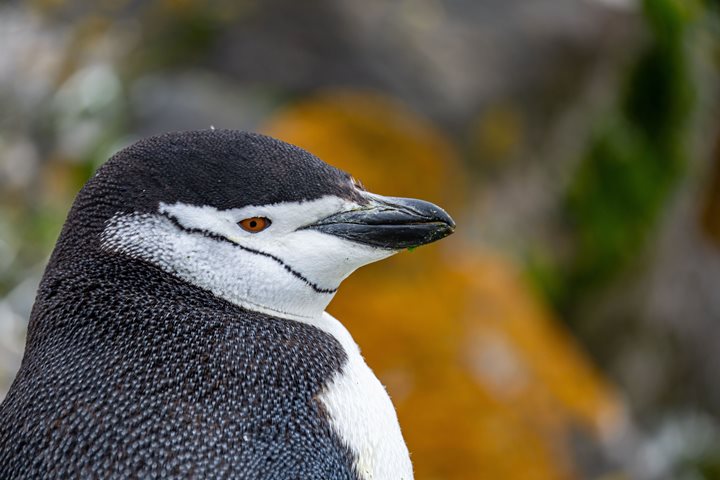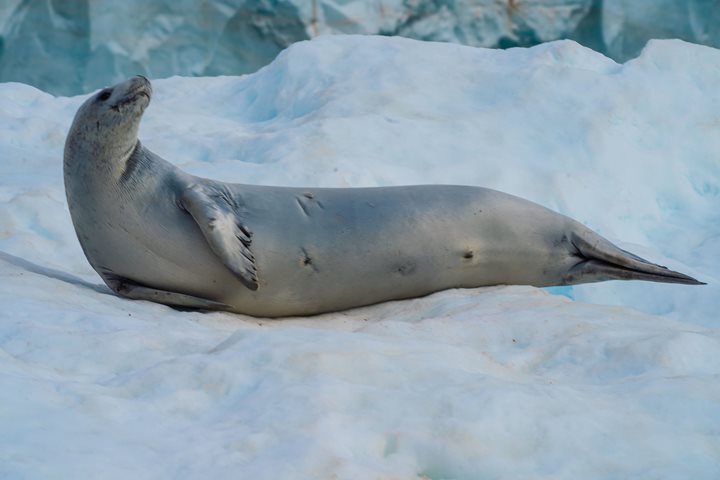The ride National Geographic Explorer experienced traveling north was much different than the beginning of our expedition. Where we had massive winds and waves going south we had low swells and following winds with us northbound. Instead of breakfast in our staterooms, it was meals in the observation lounge. We traveled across with sufficient speed that we were able to divert ever so westward to catch a glimpse of the fabled Cape Horn, the meeting place of the Pacific and Atlantic Oceans and the location of hundreds of shipwrecks from the age of sail, steams, and diesel.
On top of Isla Hornos, the small island where Cape Horn is located, is a monument to the mighty albatross. The negative space between two parts of the monument traces the outline of an albatross. It is written and stated in nautical circles that the souls of sailors lost at sea are not lost but are carried on the wings of albatross. That is why it is bad luck to kill any type of albatross for you incur the wrath of the dead sailor. The high winds of our trip south and the lesser winds of our trip today were both enough to carry the albatross as they make their living on the Southern Ocean. Whether they be light-mantled sooty, yellow-nosed, black-browed, royal or wandering; these large birds effortlessly ply the wind and waters in search of squid and fish to support themselves and their chick, which may be thousands of miles away on a small oceanic island. They have some of the longest feeding trips in the animal kingdom and they truly are wonders to behold.







